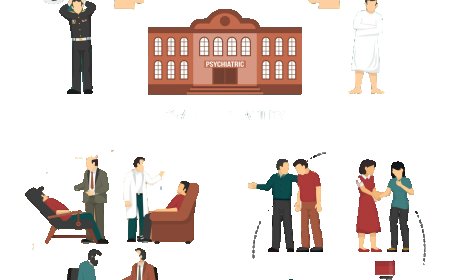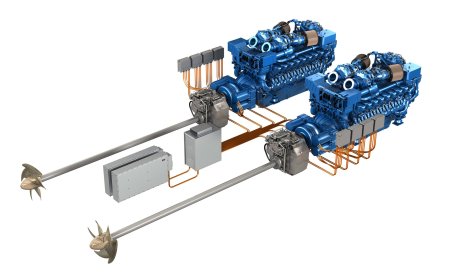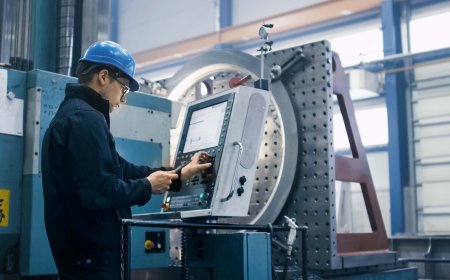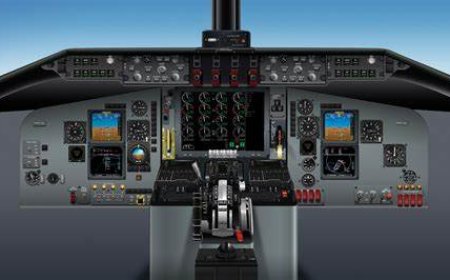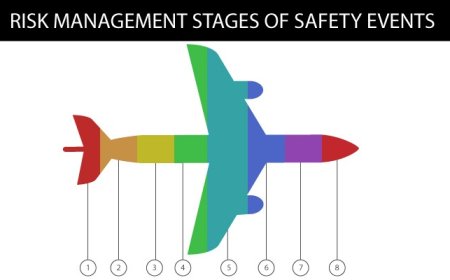- Develop proficiency in using CAD software to design mechanical parts, assemblies, and products.
- Learn how to create accurate technical drawings with proper dimensioning, tolerancing, and annotations.
- Explore design principles for manufacturability and understanding industry standards for parts and assemblies.
- Simulate the design process for a variety of mechanical components, focusing on precision and functionality.
- Receive feedback on your CAD models to optimize designs for performance, manufacturability, and engineering compliance.
imaginX is used by many amazing schools and universities
University / College

